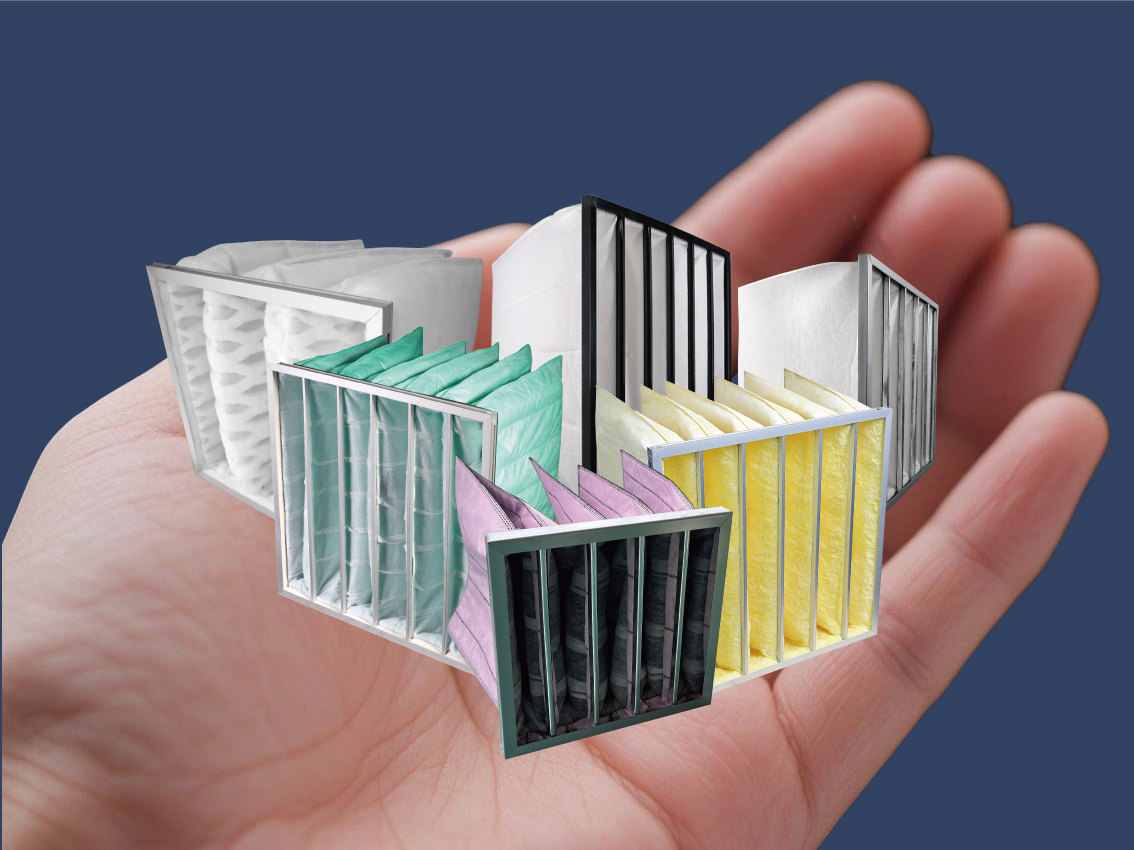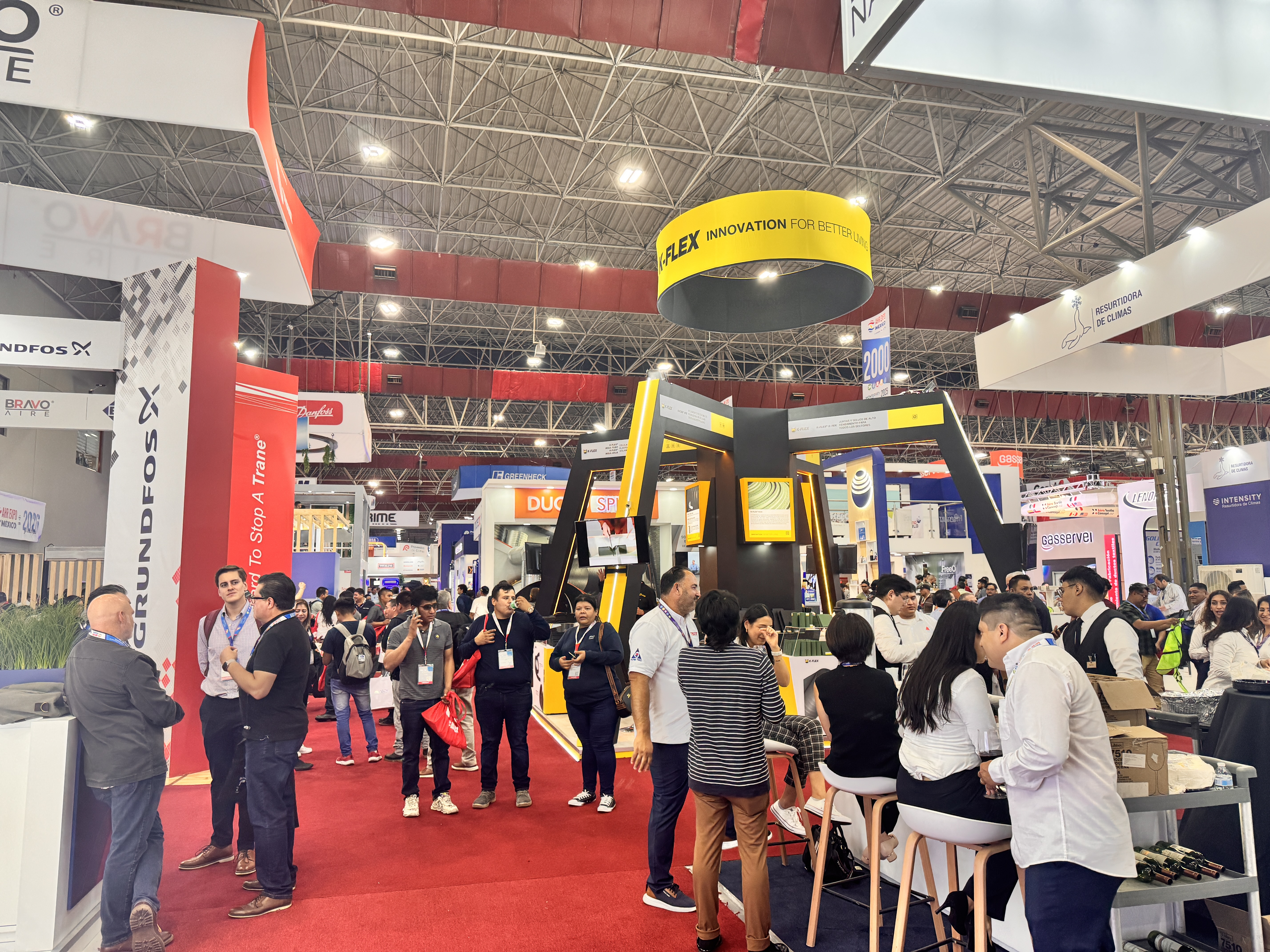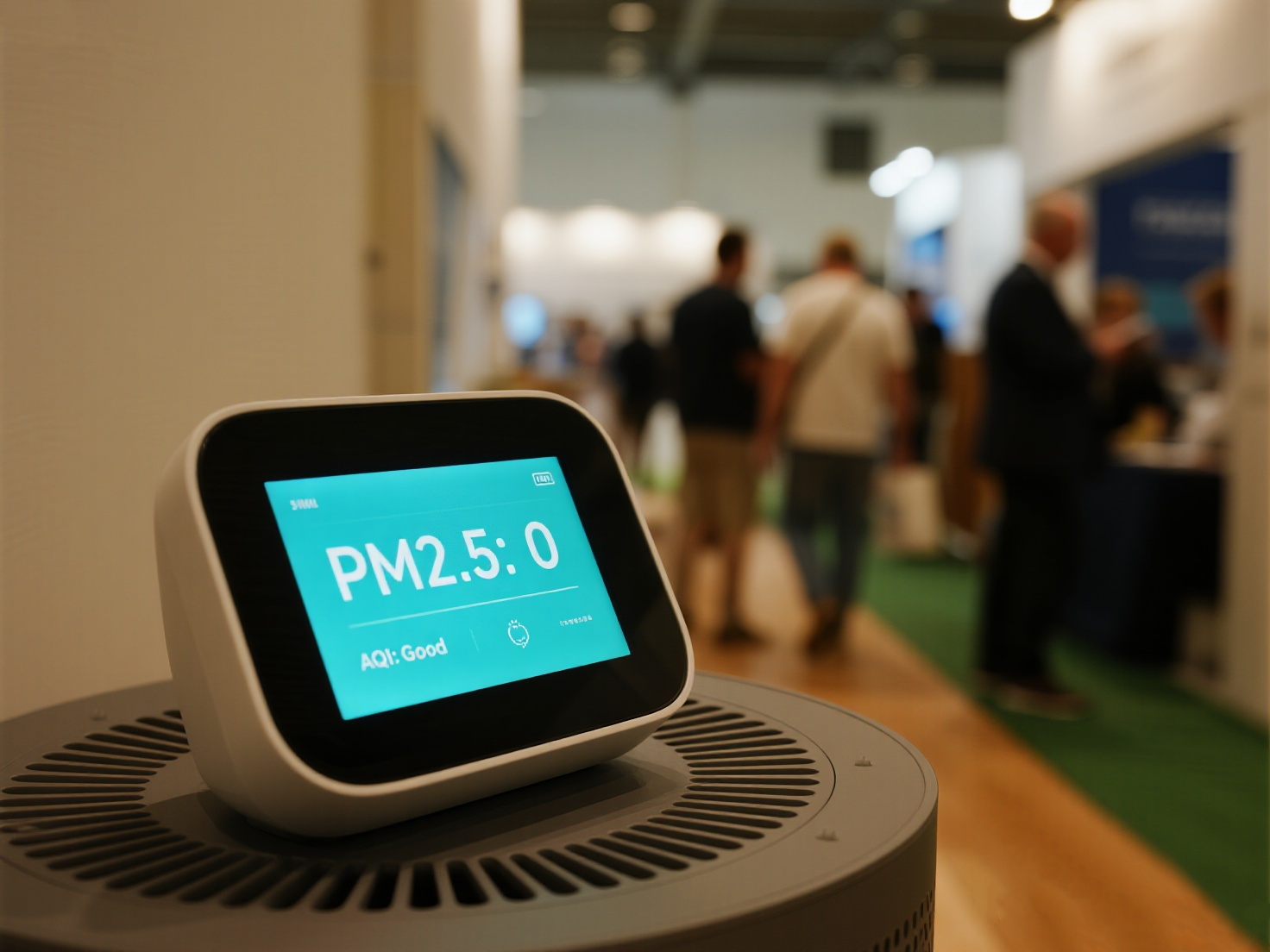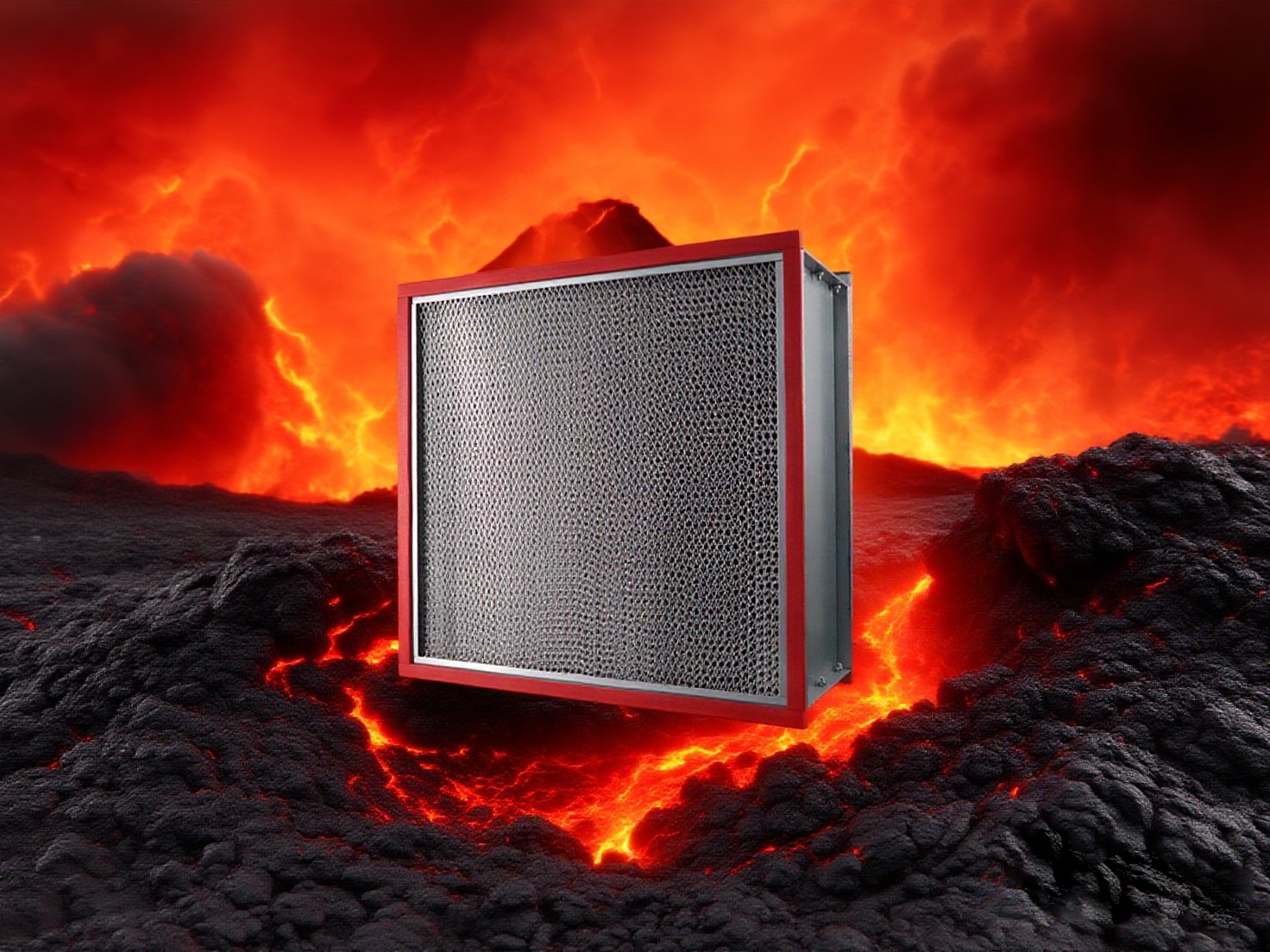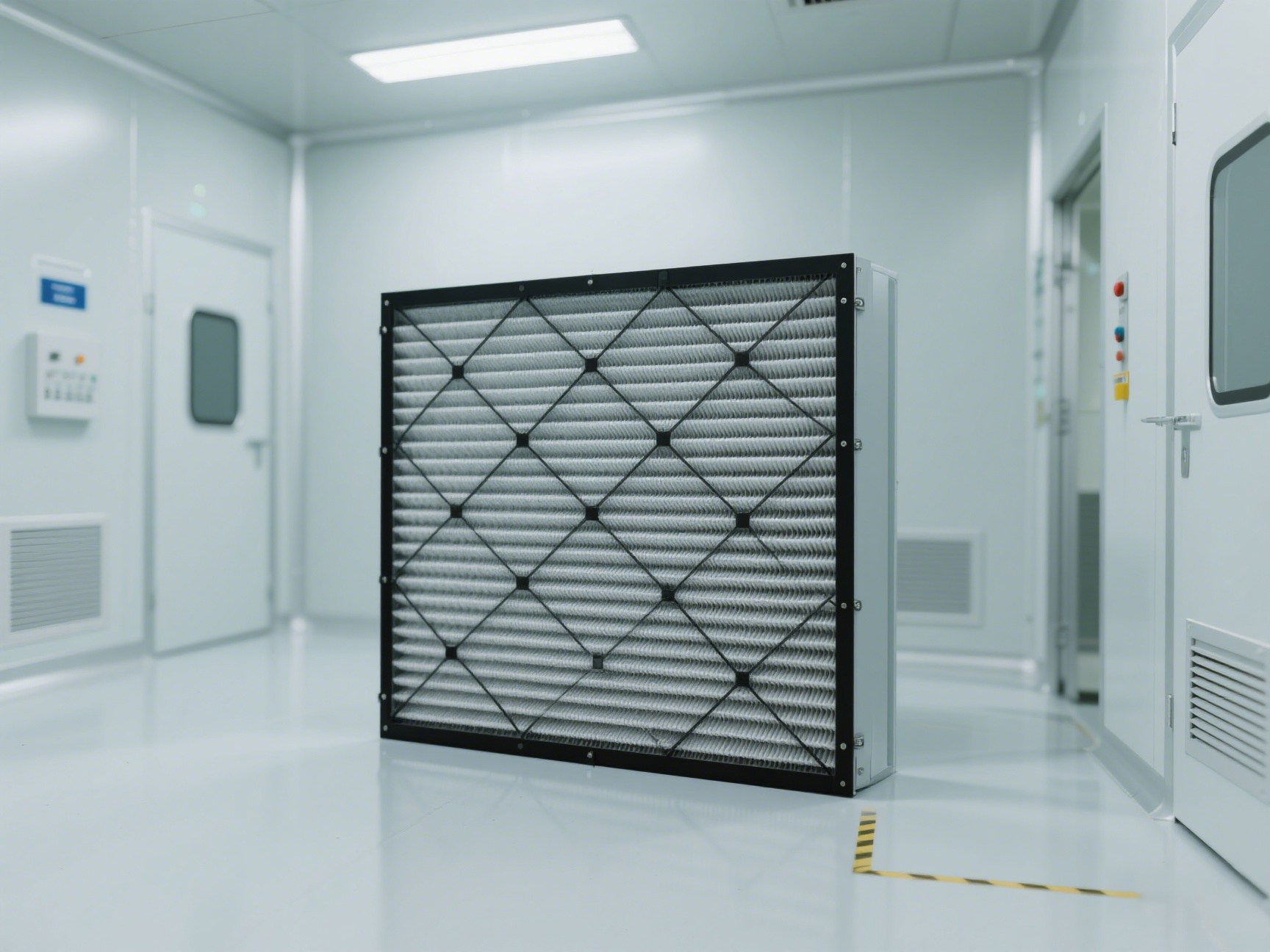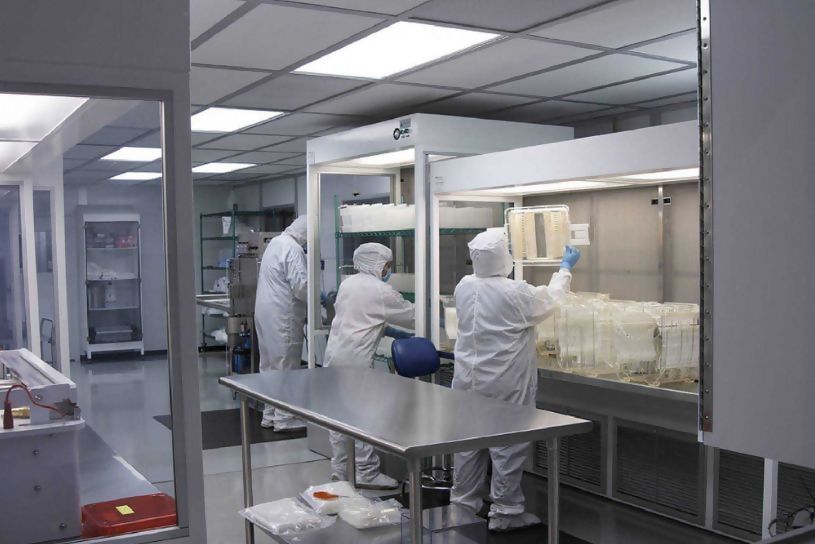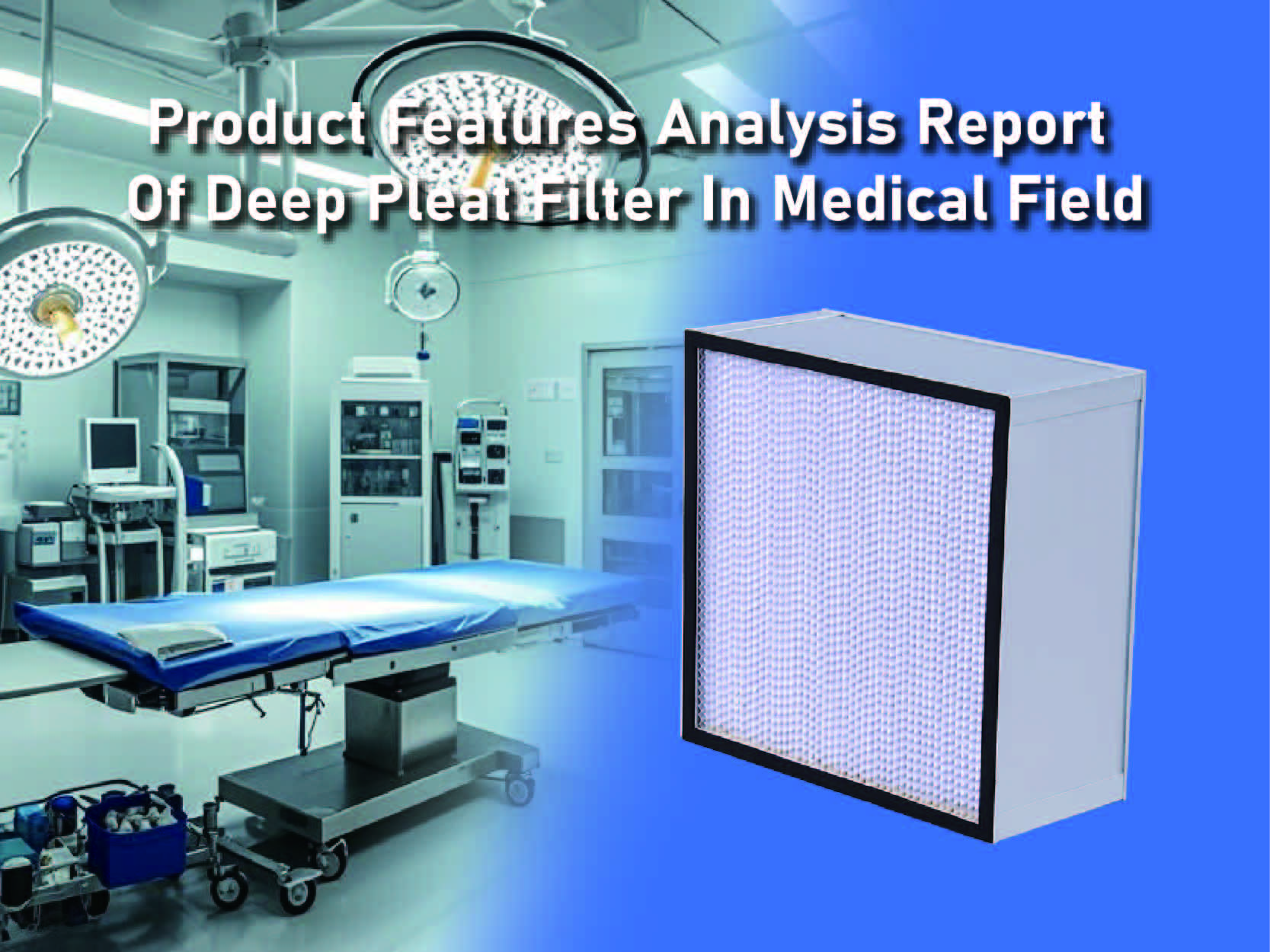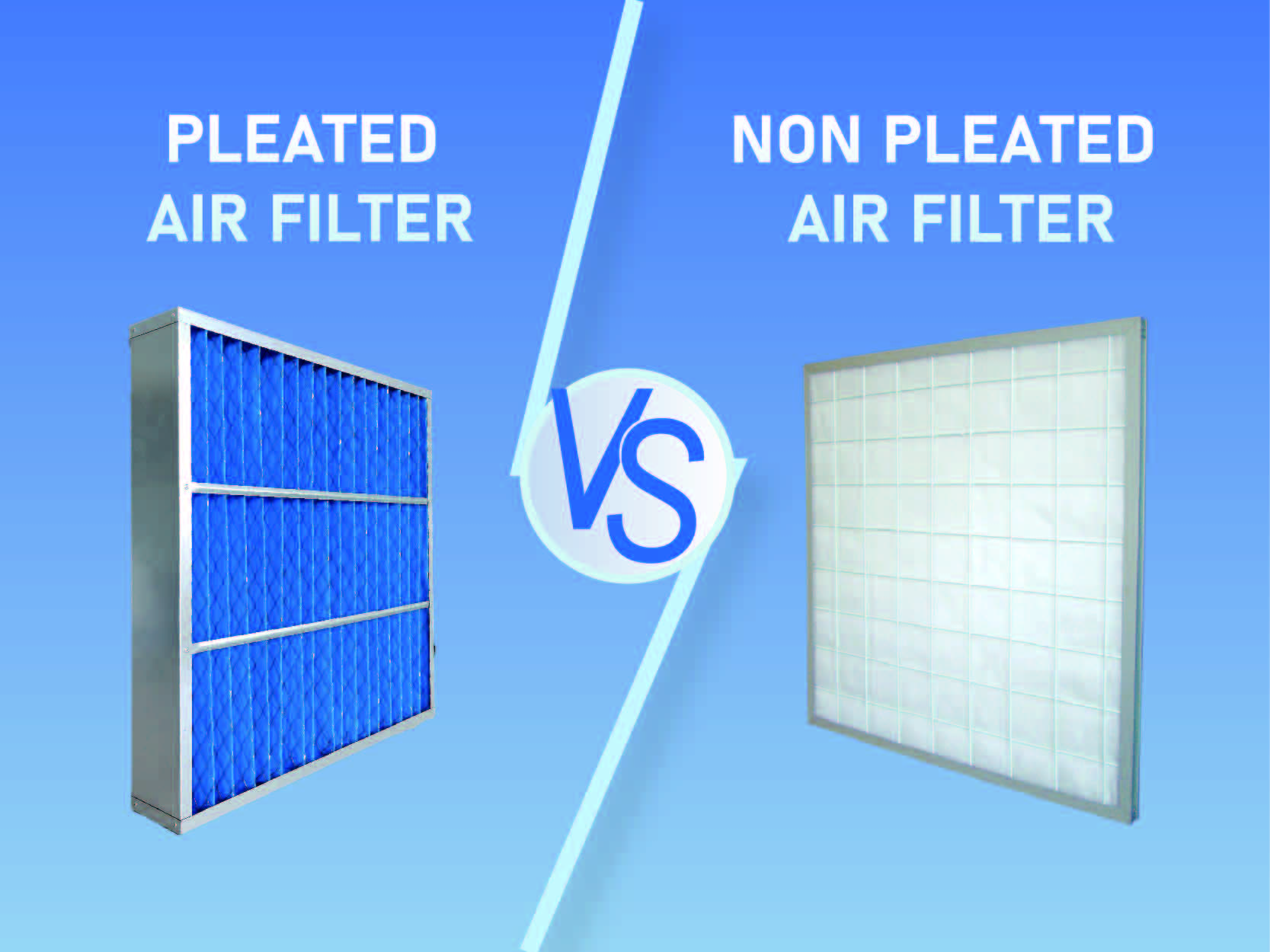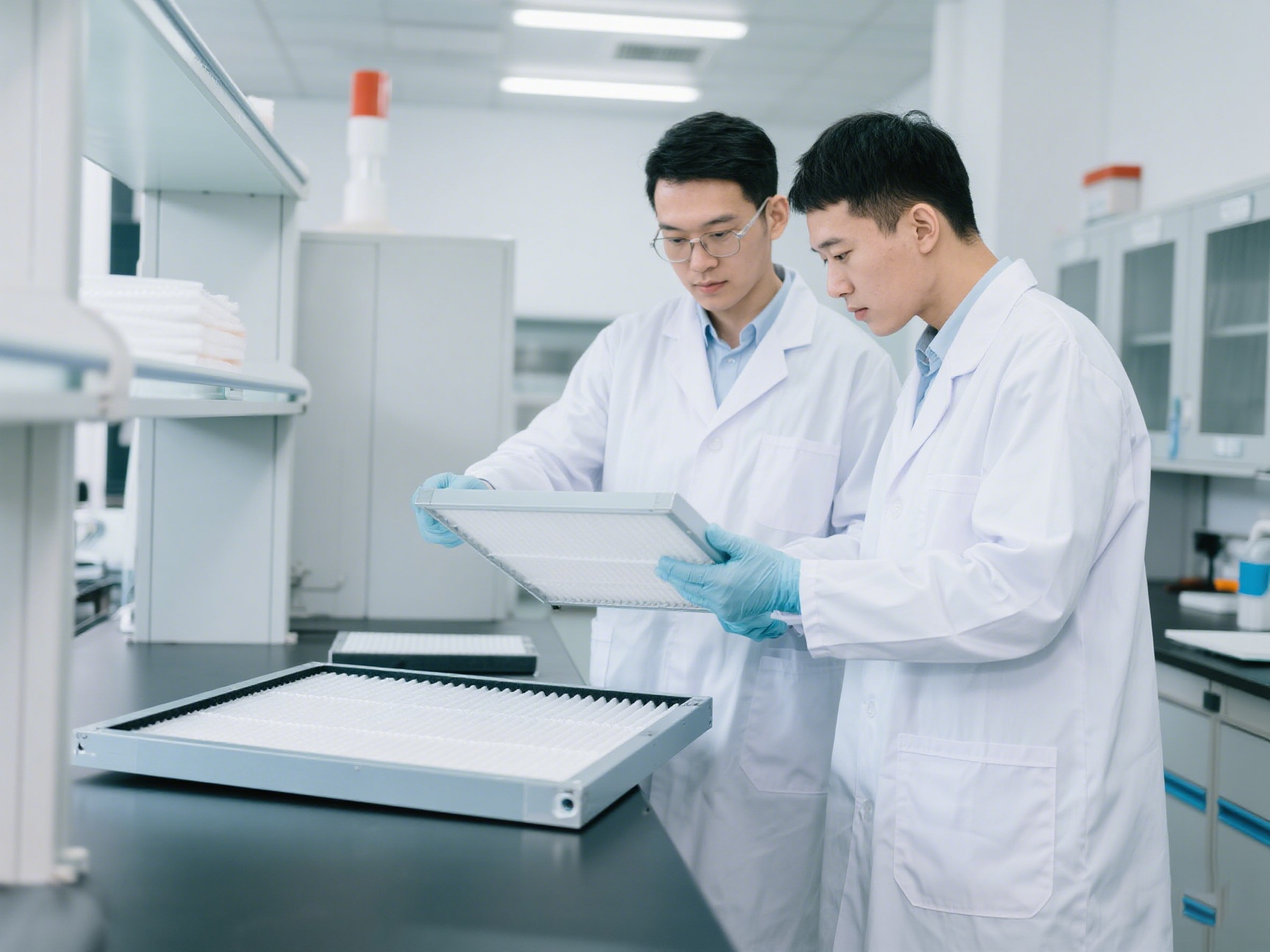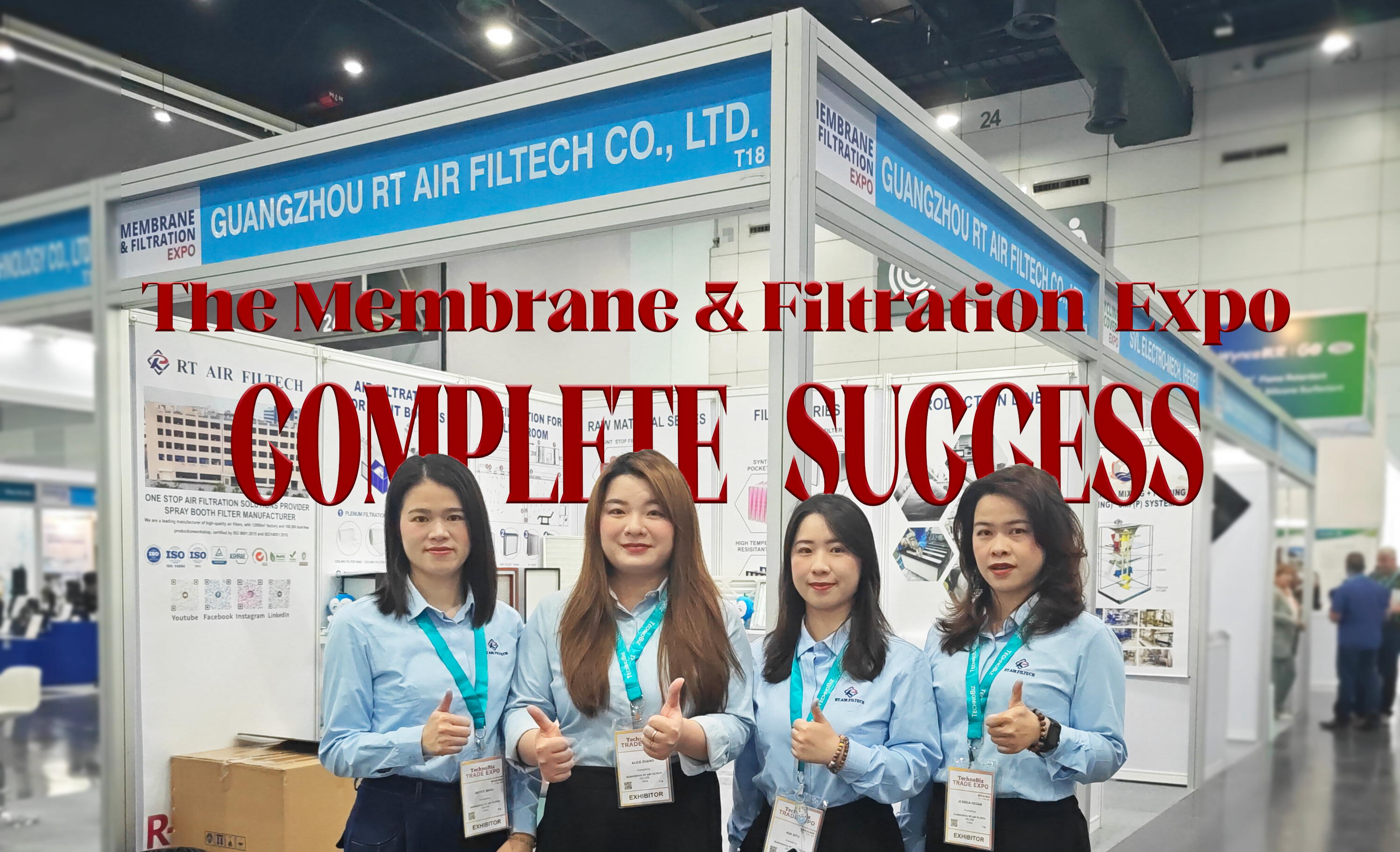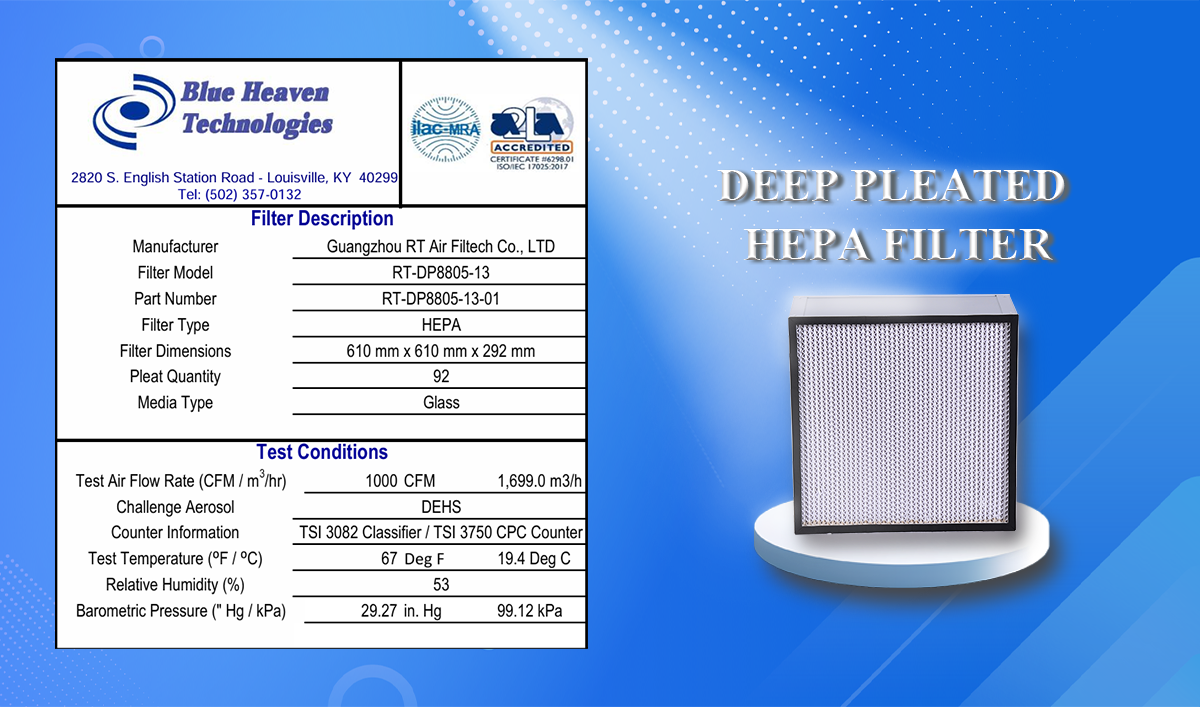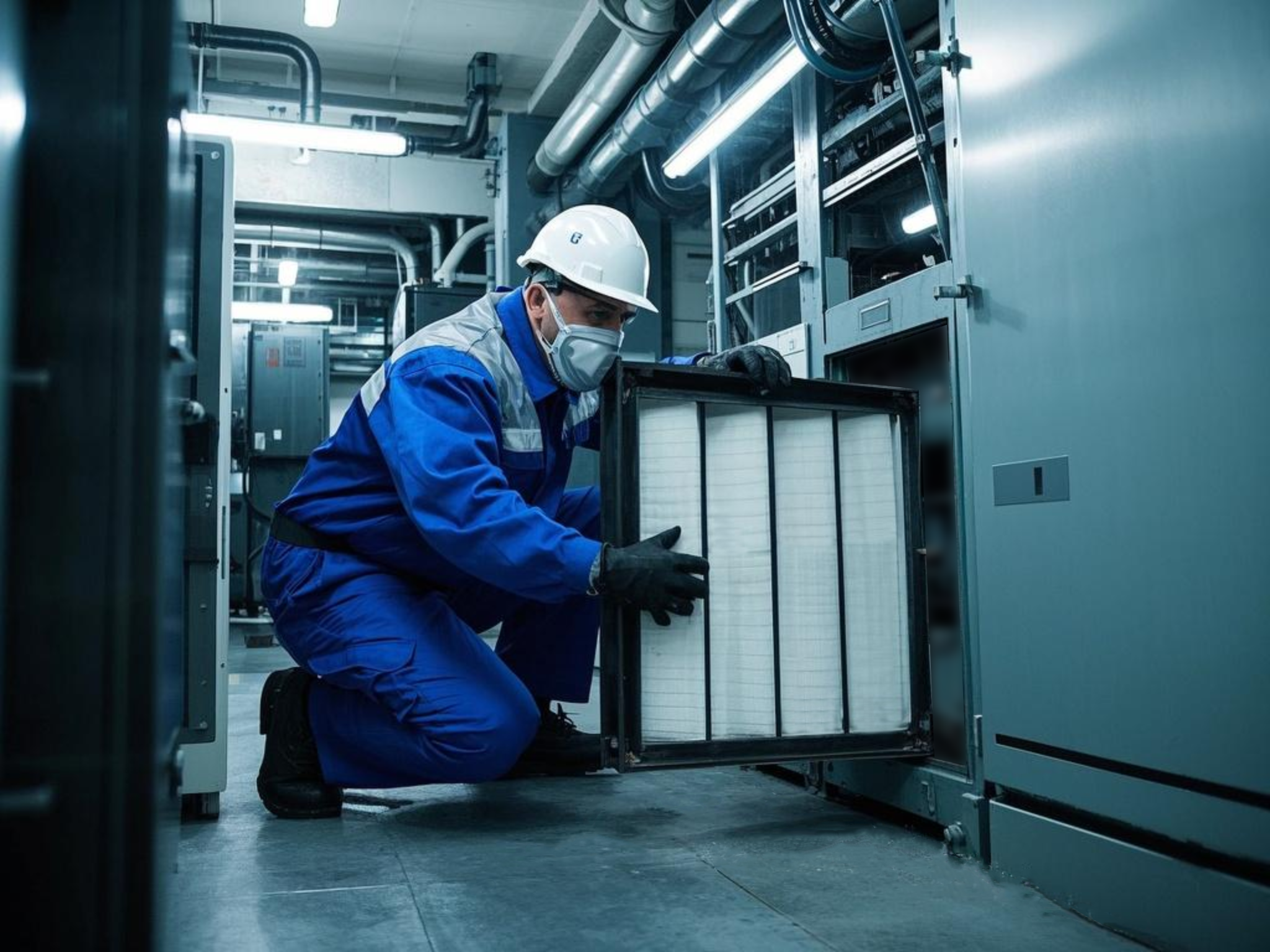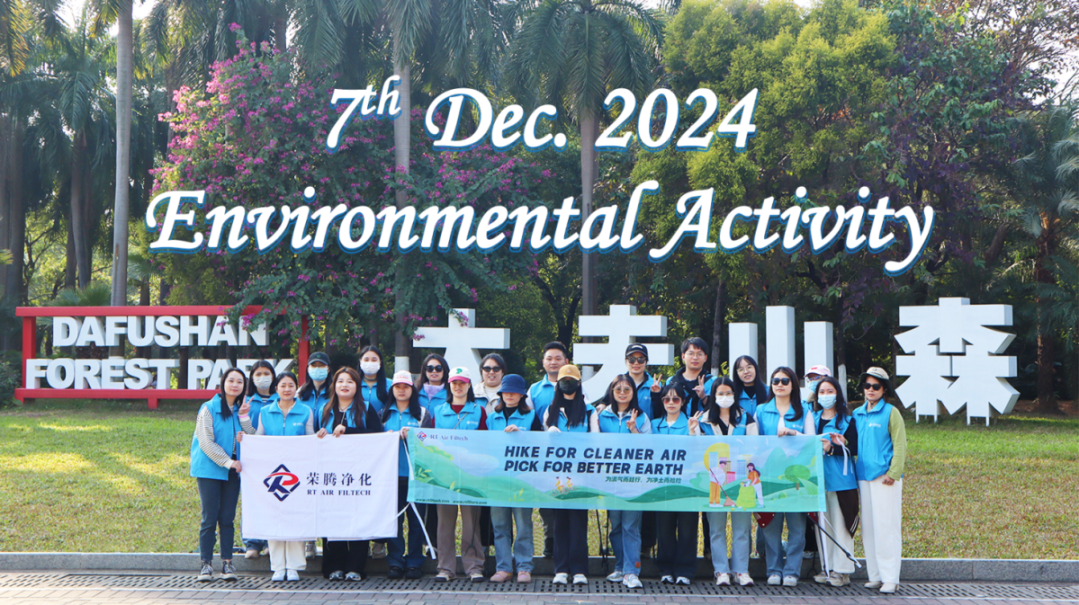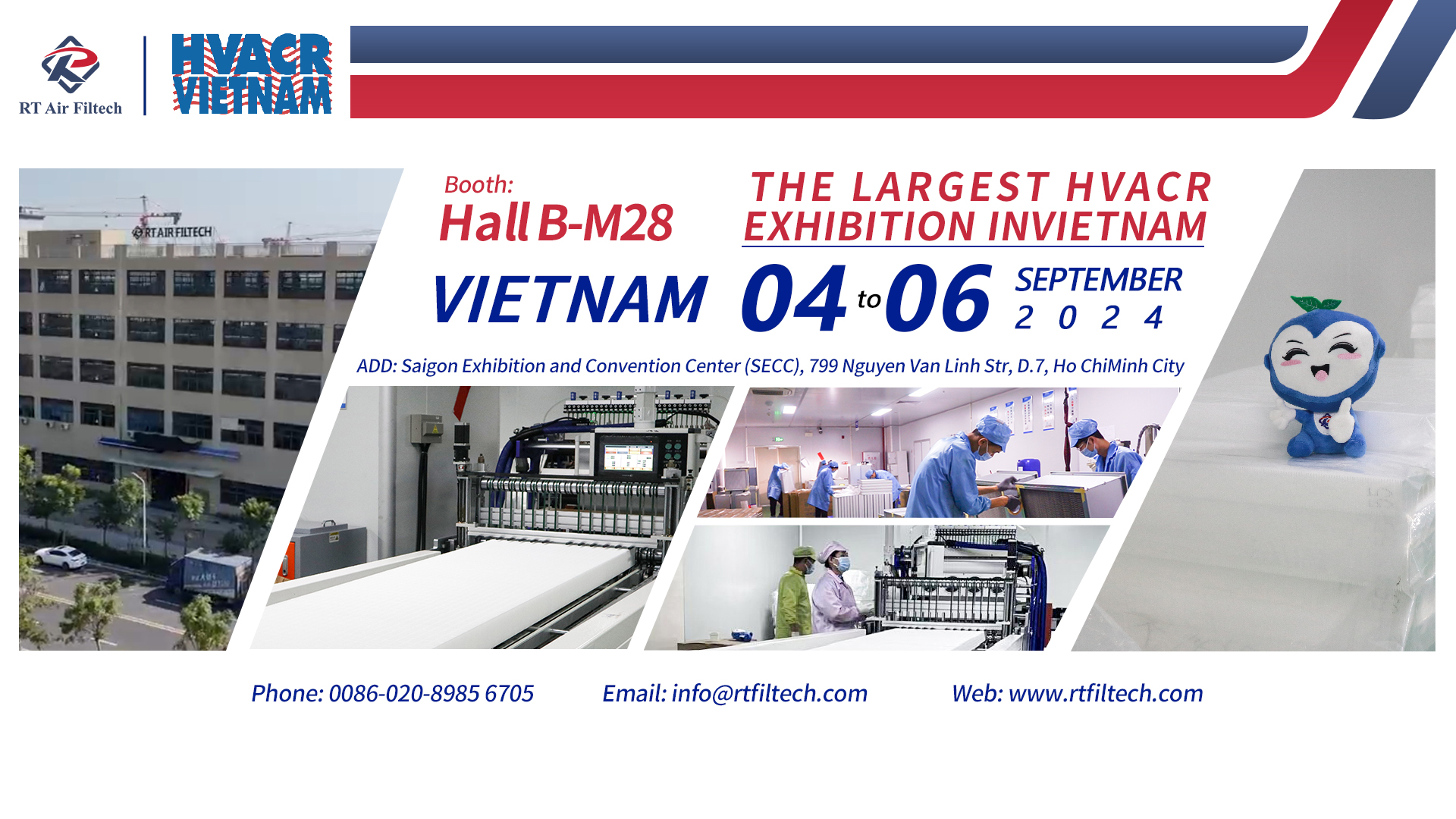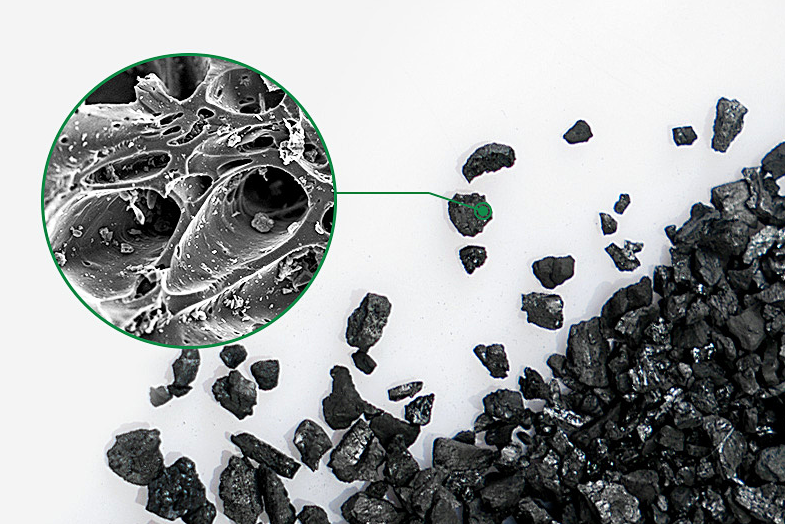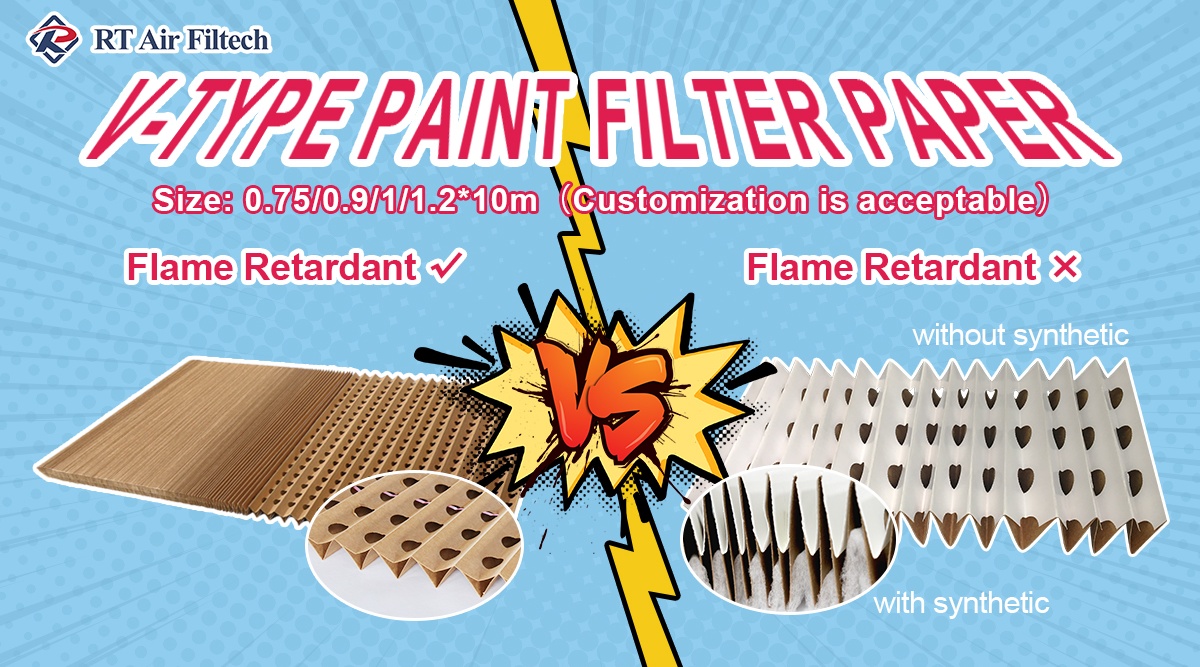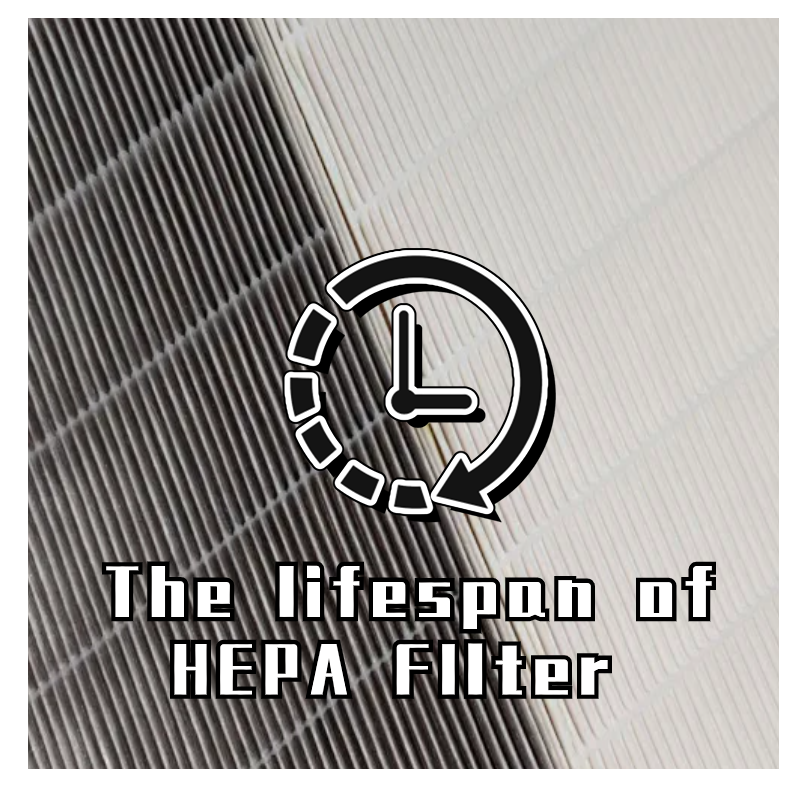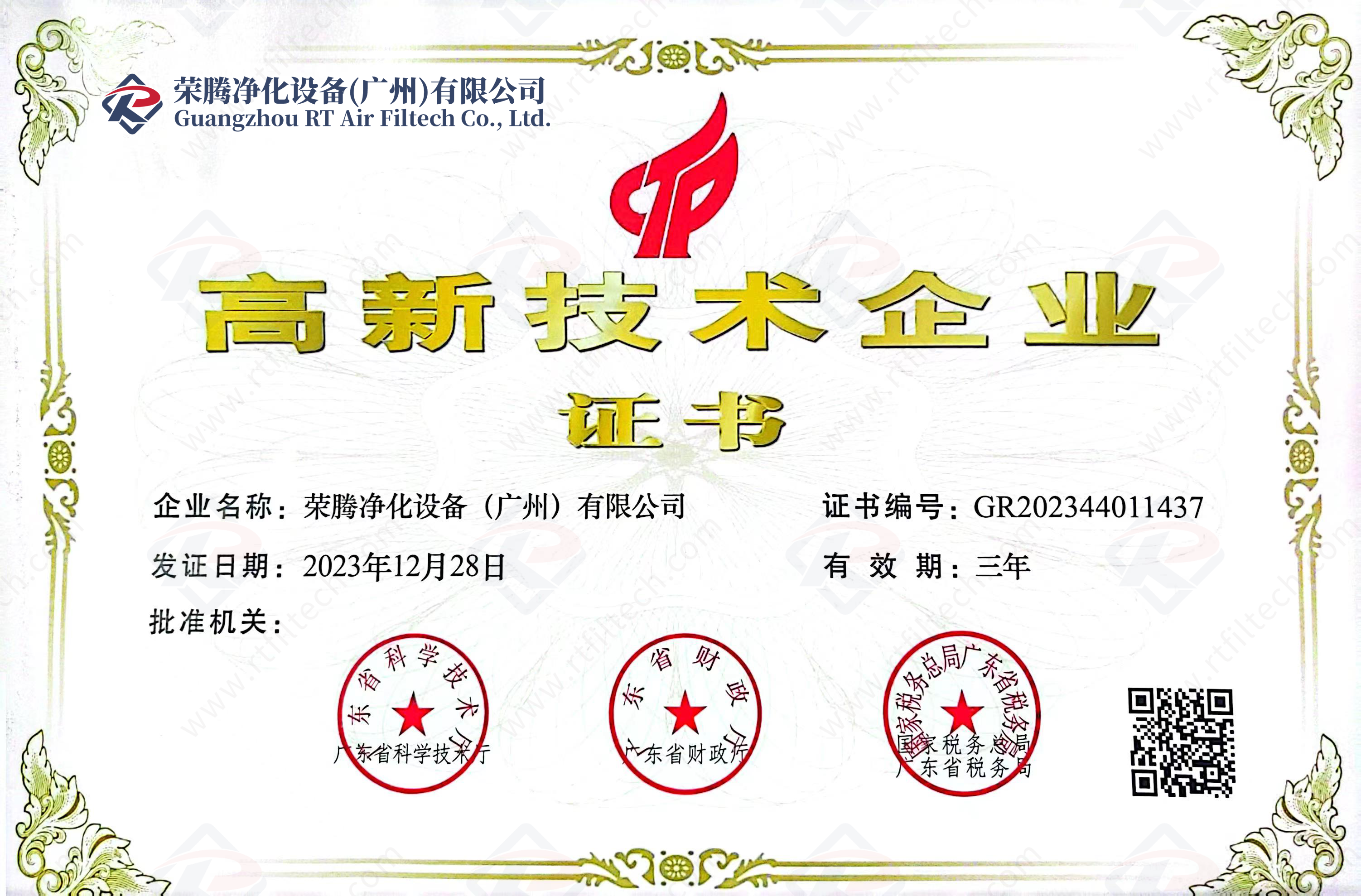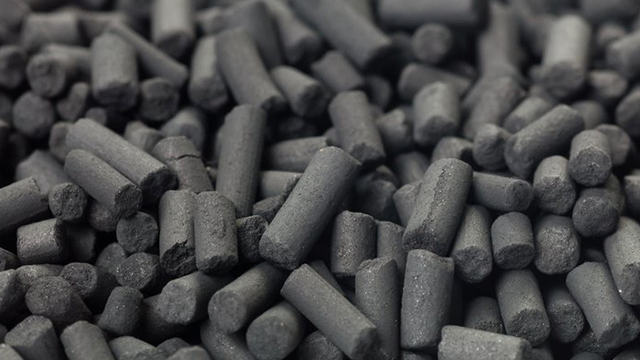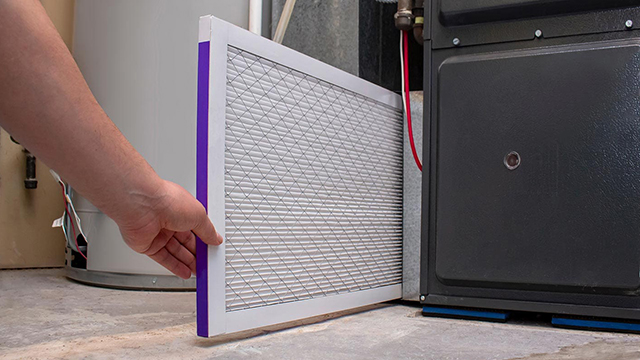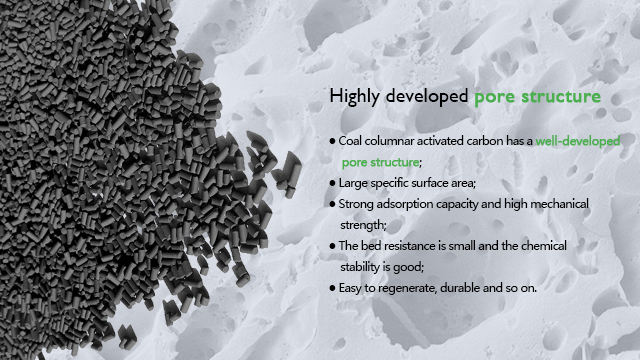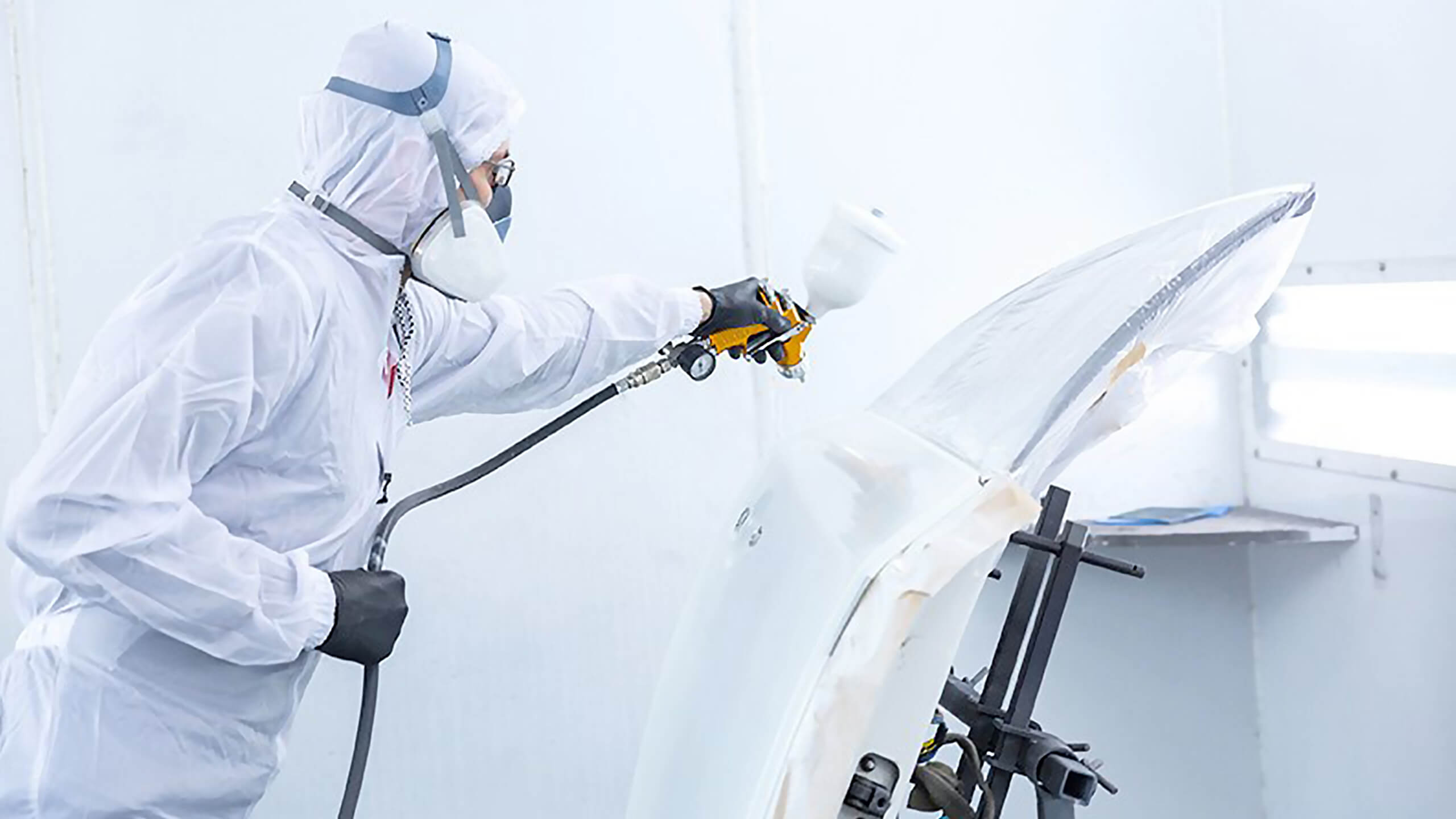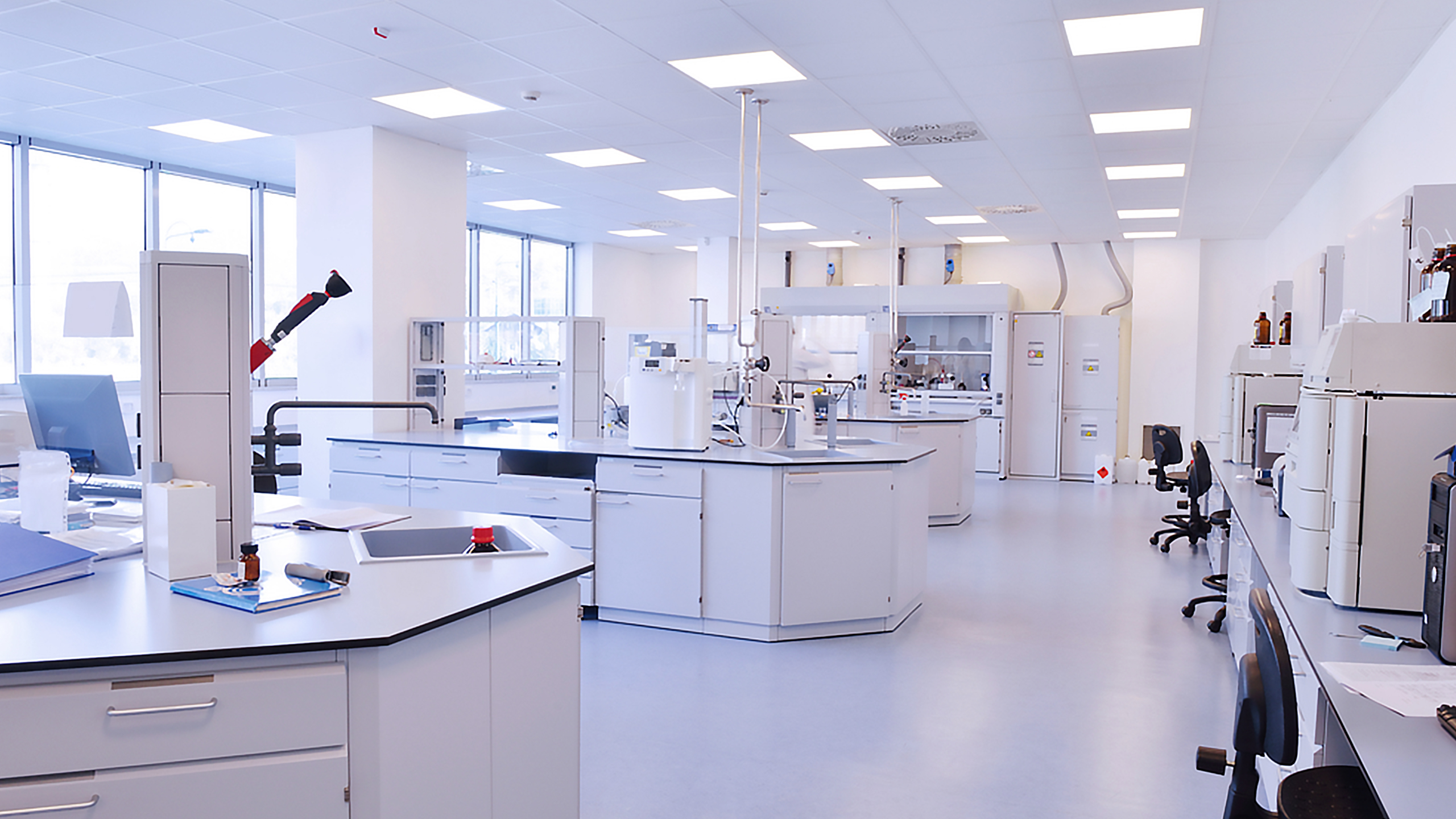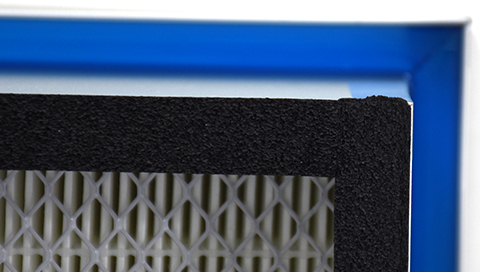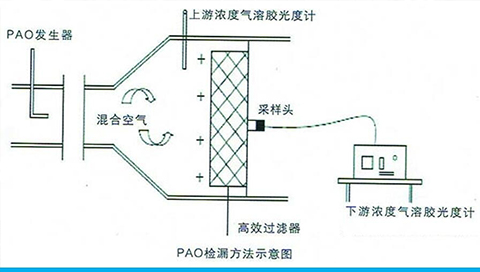Activated carbon is used in the food industry for decolorization, purification, and refining of glucose, caramel, sugar, dairy products, edible oils, juice drinks, alcohol, monosodium glutamate, agar, various drugs and injections, chemicals, industrial oils, etc.; purification of water and wastewater; medicinal activated carbon is used as an internal medicine for the treatment of poisoning and diarrhea. Globally, a large amount of activated carbon is used in the production of various food & beverage industries every year, of which the quantity of activated carbon used for glucose decolorization alone is considerable, amounting to tens of thousands of tons.
In the production process of glucose solution, activated carbon plays an important role in decolorization and purification. Part of the pigments in glucose solution come from the raw materials, and the other part is produced during manufacturing. The presence of these pigments not only affects the appearance of glucose but also may potentially impact its quality and stability. In addition, low molecular weight substances such as HMF must be removed. If HMF is not effectively removed, the finished glucose will turn yellow during storage or ocean transportation. Therefore, HMF is a latent pigment, that is, it lurks in the finished product. The newly produced finished product is white, and over time, it will return to color because of air. For the low molecular weight substance HMF, activated carbon with developed micropores should be used.
In addition, activated carbon treatment can reduce a variety of impurities, such as Protein, Hydroxymethylfurfural, Foaming substances, and Iron. The presence of protein may cause glucose solution to deteriorate during storage, and activated carbon can effectively adsorb protein, thereby extending the shelf life of glucose. Hydroxymethylfurfural is a potentially harmful substance, and activated carbon can be removed from glucose solution, thereby improving the safety of glucose.
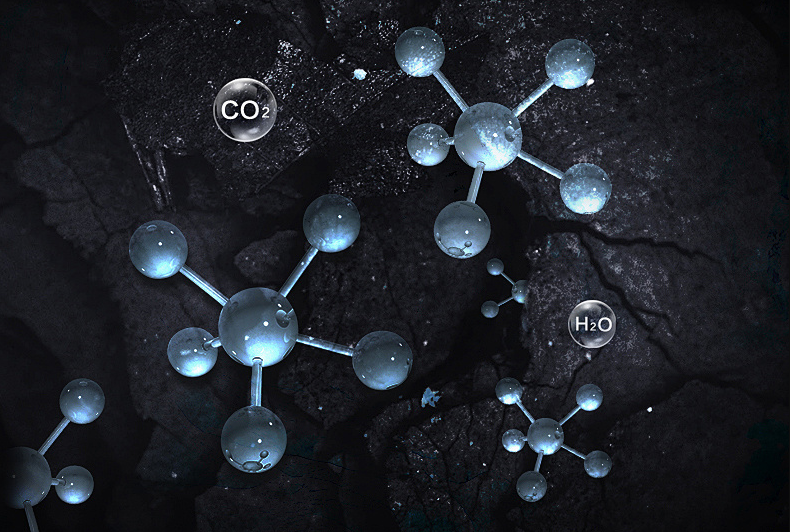
(I) How to use powdered activated carbon
In the production process of glucose, powdered activated carbon plays a key role. First, heat the neutralized clarified filtrate to 85℃, and then add 0.3% powdered activated carbon according to the weight of the filtrate. The powdered activated carbon here must be drinking water grade powdered activated carbon to ensure its safety and effectiveness. After the powdered activated carbon is weighed, put it into a cloth bag and tie it tightly. First, put it into the sugar liquid pot and boil it until it is completely hydrated before opening the cloth bag and pouring it into the sugar liquid. Keep it at 85℃ for half an hour. During this process, the powdered activated carbon fully exerts its adsorption performance and adsorbs low molecular weight substances such as pigments and HMF in the filtrate. Then filter it while hot to remove the activated carbon. The first flow down contains trace amounts of activated carbon, which is filtered by another device until it is filtered and then stored in a clean container. The unfiltered sugar solution can be re-filtered, the filtrate heated to 85 ℃, 0.3% of the filtrate weight of activated carbon added for decolorization, mixed, and kept at 85 ℃ for half an hour, and then filtered with the cloth.
II) Application of coconut shell activated carbon
Coconut shell activated carbon also plays an important role in decolorization during glucose processing. It has similarities with powdered activated carbon, such as the ability to remove pigments and impurities, but there may be certain differences in the specific use methods and effects. It is well known that coconut shell activated carbon produced by chemical activation (zinc chloride or phosphoric acid) has well-developed transition pores and is suitable for removing various pigments. Therefore, for decolorization, coconut shell activated carbon activated by the chemical method should be selected. However, this type of carbon has poor adsorption capacity for small molecules of HMF. The practice has shown that the so-called physical coconut shell activated carbon activated by high-temperature steam has a higher affinity for HMF.

(I) Catalytic effect
Activated carbon impregnated with sulfonic acid plays an important role as a catalyst in the production of glucose. Studies have shown that three solid acid catalysts synthesized by impregnating activated carbon as a carrier with p-toluene sulfonic acid, methanesulfonic acid, and sulfuric acid can effectively pretreat lignin and then hydrolyze it into glucose. This catalyst has high activity and selectivity in several acid-catalyzed reactions. For example, during the pretreatment of lignin, activated carbon catalysts impregnated with different sulfonic acid solid acids can destroy the structure of lignin, form hydrophobic groups, and hydrophilic groups, and thus enhance the adsorption interaction between cellulose and enzymes. After pretreatment, glucan can be enzymatically converted into glucose, which increases the yield of glucose. All catalysts in the experiment were reused 3 times with minimal activity loss, which indicates that activated carbon catalysts impregnated with sulfonic acid may reduce the amount of acid treatment and make biomass alcohol production more convenient and environmentally friendly.
(2) The influence of temperature and time
Temperature and pretreatment time have significant effects on glucose production. For the tested temperature range (30–90°C), the glucose yields catalyzed by activated carbon impregnated with p-toluenesulfonic acid were 31.5% to 57.13%, and the glucose yields catalyzed by activated carbon impregnated with methanesulfonic acid were 37.91% to 56.01%. The sulfuric acid-catalyzed glucose yield ranges from 46.96% to 55.75%. At lower temperatures (30 and 60°C), activated carbon-impregnated sulfuric acid was more effective than the other two sulfonic acids, but no difference was found at 90°C. Overall, longer reaction times improve glucose yields. At the lowest temperature tested (30°C), an increase in glucose production from 0.06% to 10.77% was observed after 90–120 min of pretreatment for the three activated carbon catalysts. Increasing the reaction time from 1 to 3 h increased the monosaccharide yield by 12.5%. Pretreatment at higher temperatures was found to increase the solubility of cellulose and the interaction of enzymes with cellulose, thereby increasing the yield of glucose. Therefore, during the glucose production process, controlling the temperature and reaction time can effectively increase the yield of glucose.

Coconut shell activated carbon is not easy to identify and has a wide range of applications. Some unscrupulous merchants make a big fuss about this, selling inferior products as good ones and deceiving customers.
Tips for selecting high-quality coconut shell activated carbon
1: Look at the appearance of activated carbon
Coconut shell activated carbon is made from coconut shells and refined at high temperature through processes such as carbonization and activation. It has an irregular broken flake appearance and a shiny black color. If the appearance and color are different from the above, it may be regenerated carbon or carbonized material.
2: Smell whether the activated carbon has a peculiar smell
Good quality activated carbon has no peculiar smell. If there is a peculiar smell, it may be used or poor-quality activated carbon. In this case, you must pay attention.
3: Feel the weight of activated carbon
High-quality coconut shell activated carbon has strong adsorption capacity, its pores are well-developed, and it has a large specific surface area, so it is light in weight. If you feel a little heavy in your hand, it is not high-quality carbon, it may be secondary or tertiary carbon.
4. See if the activated carbon has abundant bubbles
Put coconut shell activated carbon in water. If a large number of bubbles are produced, it proves that the activated carbon has strong adsorption capacity and is good carbon. Otherwise, it is inferior carbon.
5. Observe the decolorization effect of activated carbon
Prepare a cup of colored liquid, put coconut shell activated carbon in it, and let it stand for about fifteen minutes. If the color of the liquid becomes lighter or disappears, it proves that the adsorption performance of the activated carbon is better and it is high-quality activated carbon.

